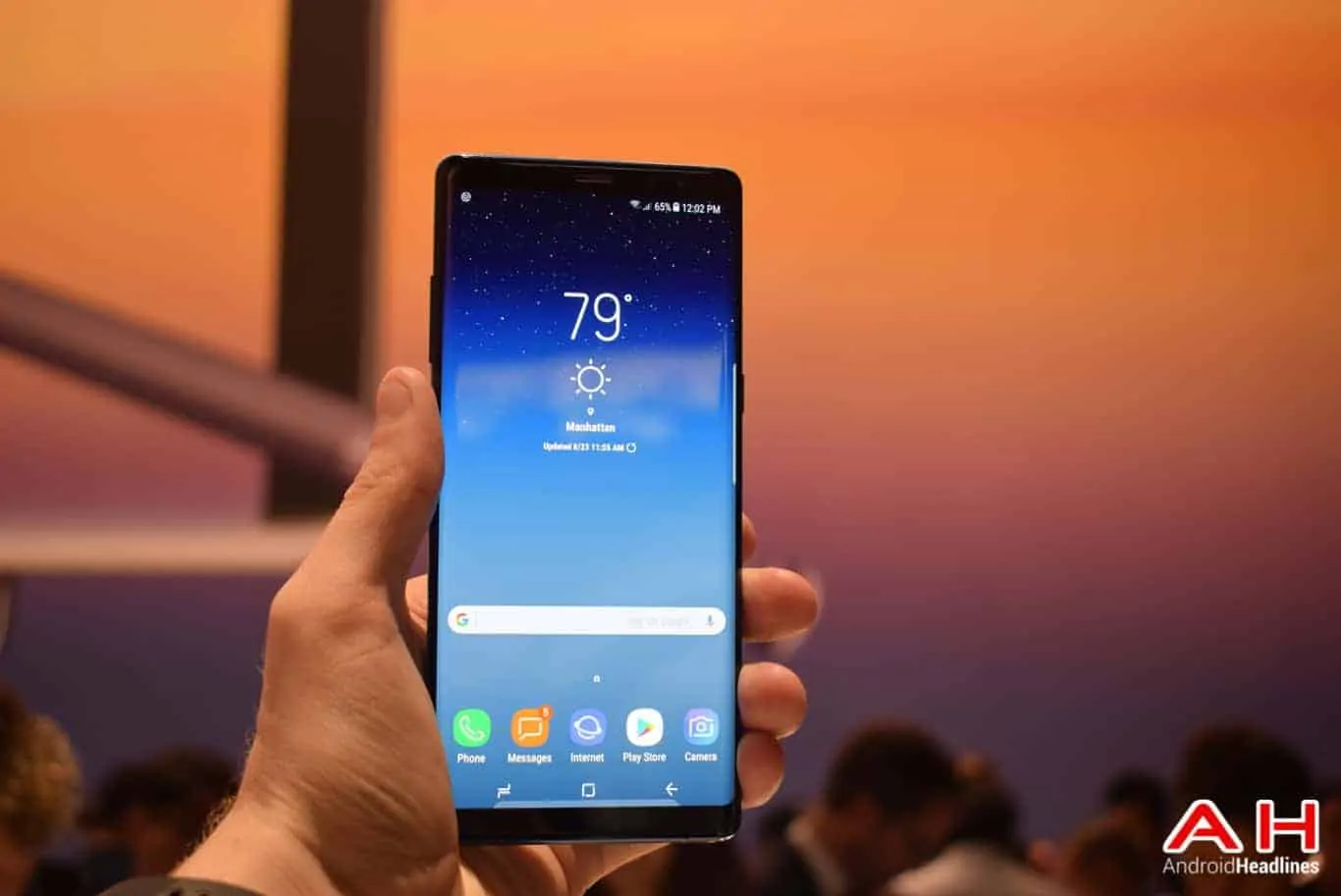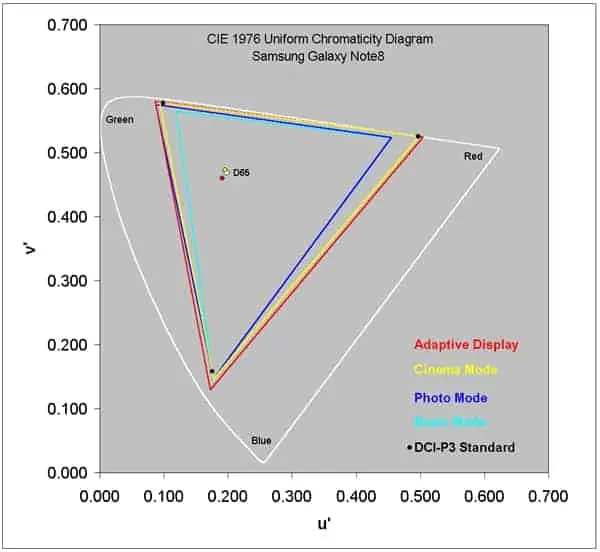The 6.3-inch Super AMOLED panel featured on the Galaxy Note 8 is the best such mobile offering to date, according to a set of laboratory measurements taken and interpreted by DisplayMate Technologies, a display calibration and consulting firm from New Hampshire. Many advantages that the Infinity Display module of Samsung’s latest Android flagship has over its competitors also apply to the Galaxy S8 and Galaxy S8 Plus which DisplayMate analyzed earlier this year, though the newly launched phablet also boasts additional improvements over its smaller siblings.
The QHD+ (2,960 x 1,440) resolution amounts to 521 pixels per inch on a 6.3-inch screen with an 18.5:9 aspect ratio, with the panel found on the Galaxy Note 8 taking advantage of Sub-Pixel Rendering and Diamond Pixels which work in conjunction to generate an unprecedented level of image sharpness, DisplayMate said after several weeks of testing Samsung’s latest flagship offering. One of the Galaxy Note 8’s significant improvements in display tech over the Galaxy S8 lineup pertains to display brightness, with the new smartphone having a peak of over 1,200 nits, 200 nits more than Samsung’s other two 2017 flagships. The device also ships with four user-selectable color modes; the Basic one corresponds to the standard sRGB color gamut, while Adaptive Display, AMOLED Cinema, and AMOLED Photo provide users with a variety of options in regards to the content they want to accurately display, though the default mode should do justice to the vast majority of contemporary media, DisplayMate’s experts believe.
The native color gamut of the phablet’s screen amounts to 112 percent of the DCI-P3 space, allowing the Galaxy Note 8 to display colors in a more accurate manner in high ambient light, whereas its panel itself is also viewable from relatively steep angles, experiencing only a 29 percent reduction in brightness at 30 degrees and having minimal color shifts under the same circumstances, thus being vastly superior to LCD panels which lose around 55 percent of brightness on average in the same scenario. Samsung also managed to improve on the Power Saving Mode of the Galaxy Note 8 compared to its previous high-end lineup, the research suggests, while coming to a similar conclusion in regards to the handset’s Performance Mode.
The Galaxy Note 8 also boasts certification from the UHD Alliance for Mobile HDR Premium which is usually given to high-end 4K UHD TVs, in addition to featuring HDR capabilities which allow it to display a wider range of colors, brightness, and contrast. The phablet’s OLED panel guarantees perfectly accurate blacks, while its video processor can even enhance standard content in order to display an image comparable to the one generated by videos which were specifically made for HDR viewing, DisplayMate said, in addition to praising the efficiency of Samsung’s new Night Mode and its blue light filter, as well as the latest iteration of Corning’s curved Gorilla Glass 5 which protects the screen from scratches and a degree of other types of mechanical damage. The Galaxy Note 8 is currently available for pre-orders in most parts of the world and is scheduled to be released in the United States, Canada, Europe, Australia, and numerous other markets on September 15.






